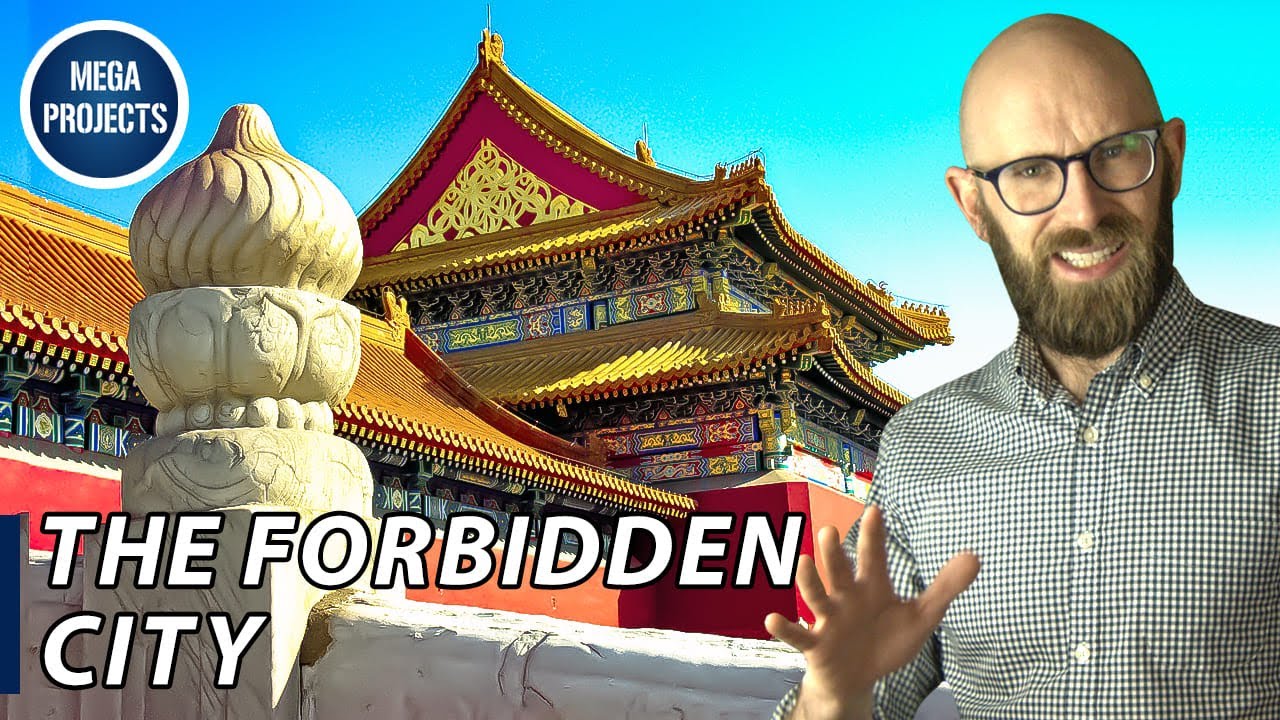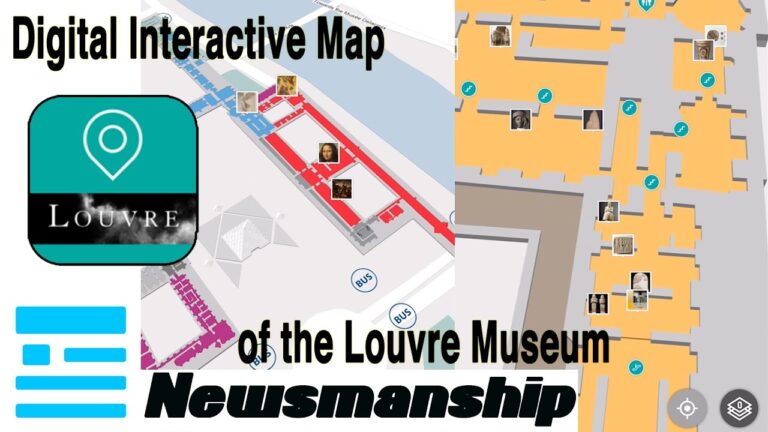The Forbidden City, located in the heart of Beijing, China, is a stunning example of ancient Chinese architecture. Built in the 15th century, the Forbidden City is one of the most iconic and recognizable landmarks in the world. The design of the Forbidden City is both complex and beautiful, incorporating elements of traditional Chinese architecture and symbolism.
Layout and Design
The Forbidden City is divided into two main sections, the Outer Court and the Inner Court. The Outer Court is where the emperor held court and conducted state business. The Inner Court was the private residence of the emperor and his family. The Forbidden City is surrounded by a 10 meter high wall and a moat filled with water. The entrance to the Forbidden City is the Meridian Gate, which is guarded by two large bronze lions.
Symbolism
Symbolism is a key element of the Forbidden City’s design. The number nine, which symbolizes the emperor’s power, is used throughout the Forbidden City. For example, the Forbidden City has nine gates and nine courtyards. The colors yellow and red are also used to symbolize the emperor’s power. Yellow was the imperial color of China and red was the color of joy.
Buildings
The Forbidden City is home to numerous buildings and structures. The Hall of Supreme Harmony is the largest and most important building in the Forbidden City. It is where the emperor held court and conducted state business. Other important buildings include the Hall of Central Harmony, the Hall of Preserving Harmony, and the Palace of Earthly Tranquility.
The Imperial Garden
The Imperial Garden is located at the northern end of the Forbidden City. The garden is filled with lush trees, plants, and flowers. There are also numerous pavilions, bridges, and ponds. The Imperial Garden is a beautiful example of Chinese landscape architecture.
Conclusion
The Forbidden City is an amazing example of Chinese architecture and design. Its layout and design are complex and full of symbolism. The numerous buildings and structures are a testament to the skill and ingenuity of the Chinese architects and builders. The Imperial Garden is a beautiful example of Chinese landscape architecture. The Forbidden City is a must-see for anyone visiting Beijing.


